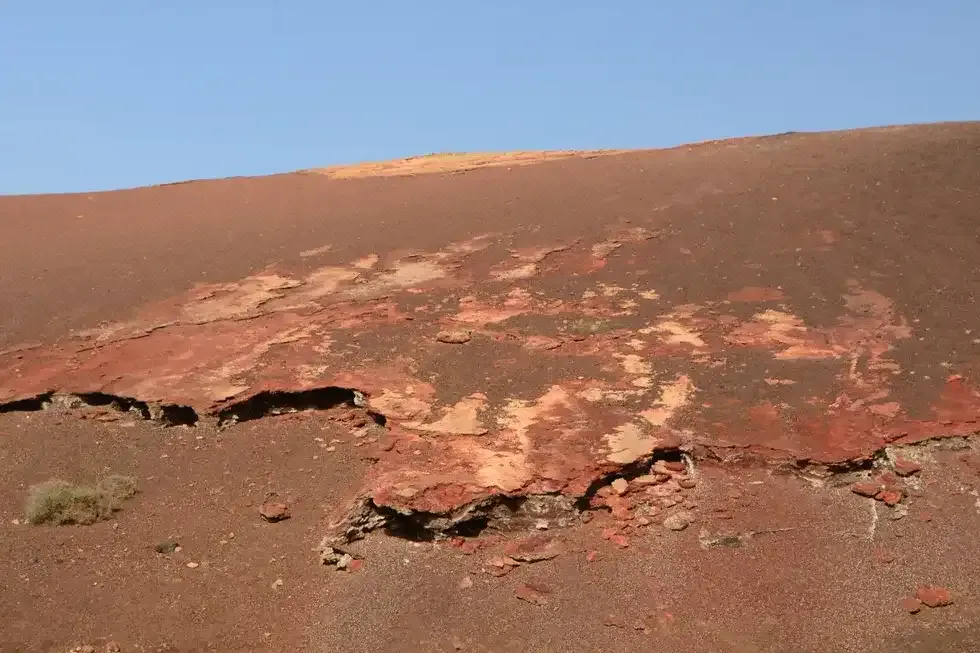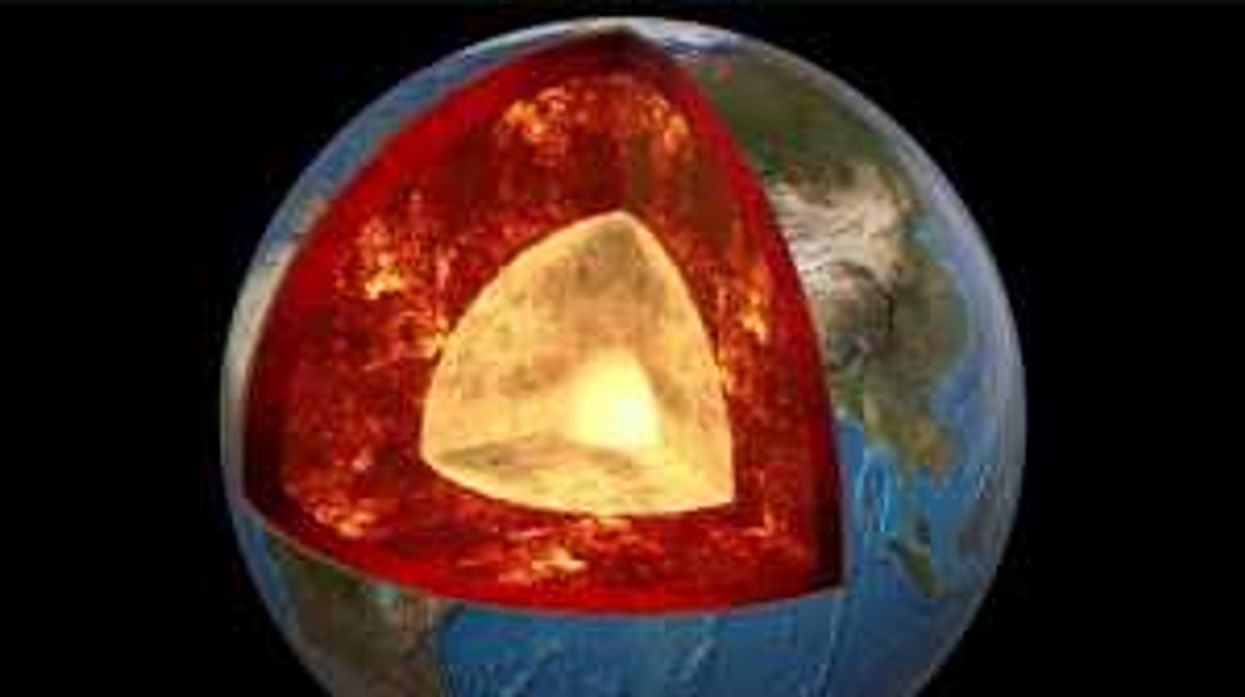Science & Tech
Scientists Just Got a Look at the Ultra-Low Velocity Zone Nearly 2,000 …
ZMG - Amaze Lab / VideoElephant
A large chunk of the Earth's crust is missing but scientists have now discovered where it is located.
The world is constantly throwing puzzling questions at scientists, with new technology like space imaging helping them to solve mysteries such as water “scars” left on the Earth's surface.
Another mystery that perplexed experts for over a century was known as the “The Great Unconformity” and referred to large slabs of the Earth’s crust that were missing from the geological record.
New evidence has revealed that their disappearance could be due to severe glacial erosion that occurred during a time known as “Snowball Earth” when almost the whole planet was covered with ice.
The result is a gap in the sedimentary record which occurs when the age of rocks changes sharply due to the erosion of previous rock, which is then replaced by younger rock.
The phenomenon was observed in 1869 at the Grand Canyon in Arizona. Experts noted that the age of rocks changed sharply and found that this was replicated in several places around the world, giving it the name, The Great Unconformity.
Authors of one study were able to calculate that a global average of 3-5 kilometres (2-3 miles) of rock was stripped away due to glacial erosion leaving them “missing” from the records.

The study’s main author Dr Brenhin Keller of the Berkeley Geochronology Center explained that the scale of rock loss is huge, estimating, along with his colleagues, that one billion cubic kilometers (200 million cubic miles) of pre-Cambrian material is missing based on what would be expected to exist.
Their theory suggests there was much more erosion that occurred before the start of the Phanerozoic era than experts originally thought, and they presented evidence to show crystals from that era have isotopes of hafnium and oxygen.
These isotypes are consistent with being eroded from old rock and deposited at low temperatures. Their theory also suggests this is why there are many asteroid craters less than 700 million years old and only two that are dated older than that.
As for the rock's current location, it is argued that the glaciers that eroded the sedimentary rocks also washed them out to sea.
This article was first published on 18th December 2023.
Elsewhere from indy100:
- Scientists finally confirm what's inside the moon – and it's not what you think
- Scientists believe they've discovered the spot where all human life originated
How to join the indy100's free WhatsApp channel
Sign up to our free indy100 weekly newsletter
Have your say in our news democracy. Click the upvote icon at the top of the page to help raise this article through the indy100 rankings.
Top 100
The Conversation (0)














